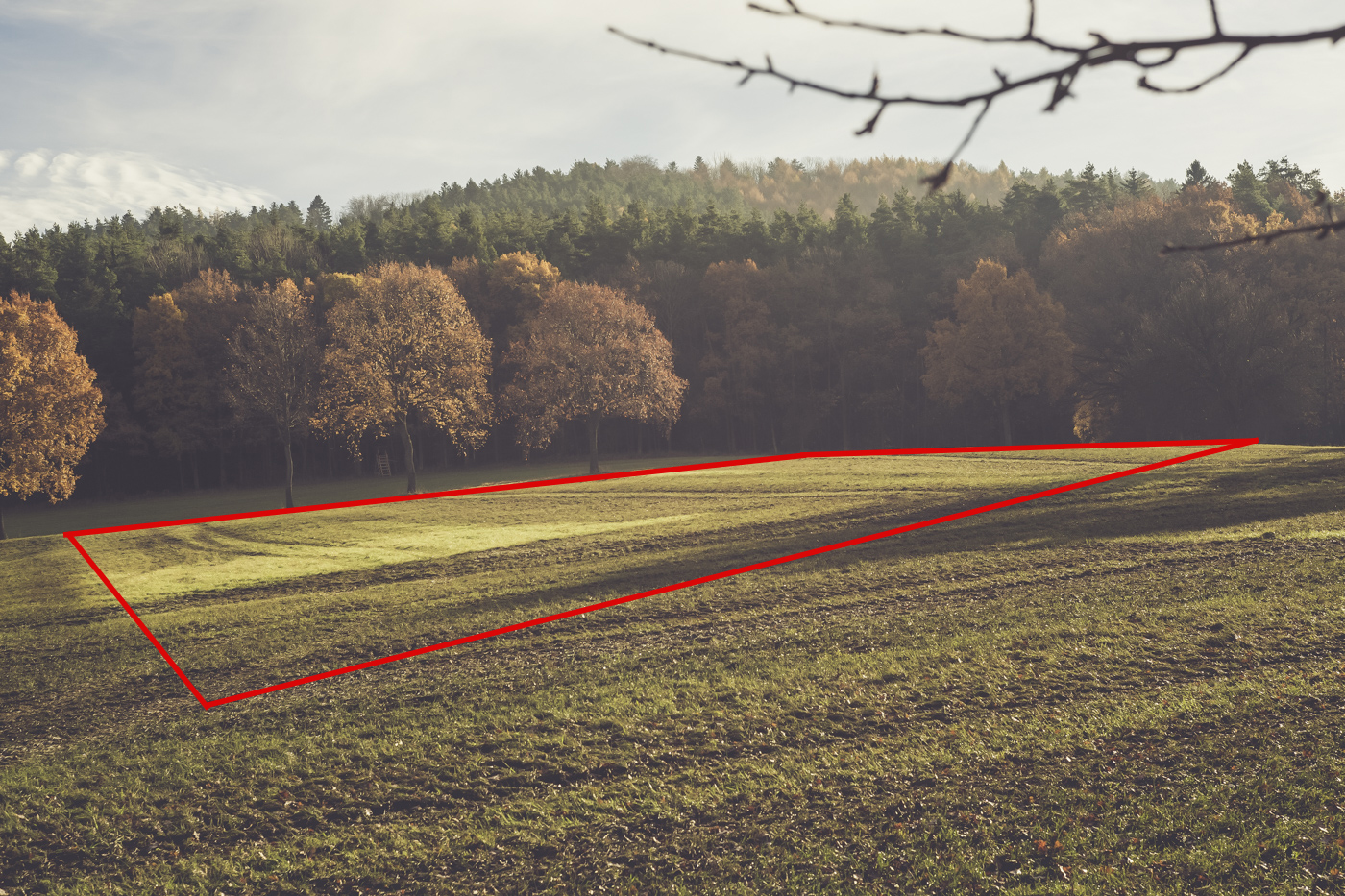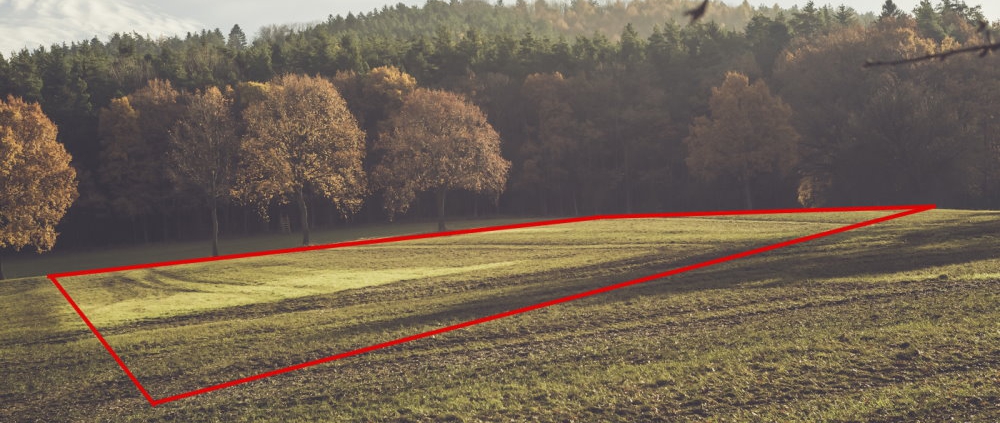Is this the site for me?
Found your site? Acquired planning permission? Excellent!

Now its worth assessing the suitability of the site for your needs, dreams, and importantly budget – before you start to throw money at it!
Access
How long is the access? Is the access lane in place? Is the access lane shared? Who owns the access lane? Will you own the access lane, or only have right of way? Who maintains the access?
All these questions will have important factors when it comes to the financial implications of building. Many mortgage lenders, for instance, will be reluctant to loan on a site that is accessed via a shared (especially a family) lane, as the re-sell price can plummet (not to mention possible disputes). This means that your choice of lender is vastly reduced, meaning you can’t always get the best possible mortgage rates. In addition, a long lane can be hugely expensive to construct and maintain, and is a long way to bring electric and water…..which brings us nicely onto…
Services
Where is the nearest electricity pole and transformer? Costs can ramp up pretty quickly – can be anywhere from £500 to tens of thousands. Once the distance rises above 200m, costs can rise significantly. NIE can provide a quotation for electricity connection – www.nienetworks.co.uk/connections/homeconnection
Each house needs its own mains water connection; which comes from the mains water on the road. Again, a long access lane, means a long way to bring water (and a phone line).
Check online to see the wifi connections & mobile phone coverage in your area, if this is an important requirement for your life.
Sewage connections
If your chosen site is in the countryside, it is likely that you will not have mains sewage, and will require a septic tank. Consent for sewage effluent is a requirement before you live in your house. We would advise that this is in place prior to purchasing any site (or starting to build on site), as this consent is not a given. The suitability for consent to discharge sewage is dependent on the soil conditions, and can, on occasion, be difficult to achieve. If you do not have Consent to Discharge, you do not have a viable site!
Site Conditions
Although difficult to ascertain the site conditions until ground is broken, there can be some indicators that the ground conditions may add undue costs to your development: rock, rushes (bog/wet lands) and steep inclines can all add serious expense to your build.
Visibility Splays
A condition of your planning permission will be that visibility splays are constructed to give you a clear view of the road & traffic when you are entering and egressing the access. You will need to check that it is feasible for you to implement the required splays. Who owns the land either side of the access lane? If the answer is ‘somebody else’, then you need to
a) check to see if the splays can be implemented within the verge of the road
b) get permission (legally) to implement the splays: this may mean purchasing additional land, or getting an easement over the land – both of which could cost you thousands of pounds!
If there are any telegraph / electricity poles within the splays, you need to contact the appropriate service provider to get it moved: see above for costs.
Easements
Are there any easements through your site? These are legally binding contracts whereby a third party has access to use or cross your land, for example, Water / electricity / right of way, etc. These can severely curtail where you build and may have long-term conditions to access to your land.
However, they may also be for your benefit, to ensure water, visibility splays, etc, can get to your site.
Planning Properly implemented
If you are thinking of buying a site with an historical planning implemented on it (ie the foundations have been put in place to ‘keep open’ planning permission), then you need to pay special attention to ensure planning permission has been properly implemented, otherwise you may just be buying a field with foundations in it, and may not be able to build at all.
When planning permission is granted, it is done so on a set of conditions, outlined in each planning approval certificate. You need to ensure that the foundations have been built in accordance with these conditions and plans. For example;
– the house is built in the correct position, according to planning permission (check on google maps to see if it is in the right field, and position of the field)
– planning permission has an expiry date; hence the need to ‘start building’ before planning expires. You need to check that the foundations were in place prior to planning expiring (most people get Building Control to check the foundations – and this forms the basis of the proof). The onus is on YOU to prove that construction was started prior to expiration of planning; it is not for planning to prove that it was started afterwards.
– importantly, and one that is often overlooked, is that visibility splays (see above) should be in place PRIOR to construction works starting. Therefore, if visibility splays are not in place, you may not have planning permission to build; the permission has expired.
Flooding
Check to see if the site is prone to flooding – local knowledge can be good for this, but you can also check online: flood risk map.
Folio
Request a copy of the folio map to ensure you are buying what you think you are buying.
Check the planning permission
In addition to the above, check carefully the planning permission. There may be restrictions on development due to local historic monuments, archaeological area or conservation area. Some of these could add additional time onto the planning and construction phase. They may also curtail the style of house you build (in a conservation are, you may be required to build in keeping with a traditional, local style). Any archaeological conditions may require the input of an archaeologist, or an archaeologist on site during parts of the construction phase. This can add significant time & cost to the project.
Look out for local historic monuments close by: be aware that it may become an issue that requires resolution.
Any existing structures or lakes / ponds on site may require the input of an ecologists – due to the possibility of protected species (bats, newts, etc)
Old buildings – look out for the possibility of asbestos. Asbestos was a popular material, with many good qualities, and was only banned totally in 2000. Therefore any buildings built prior to this, always think about asbestos: it can be costly to be disposed of.
If you still love your site, and feel it is the one for you – Congratulations!
Give us a call & we can offer you a FREE CONSULTATION to help you assess the site, and help you move onto the next step in the process.



